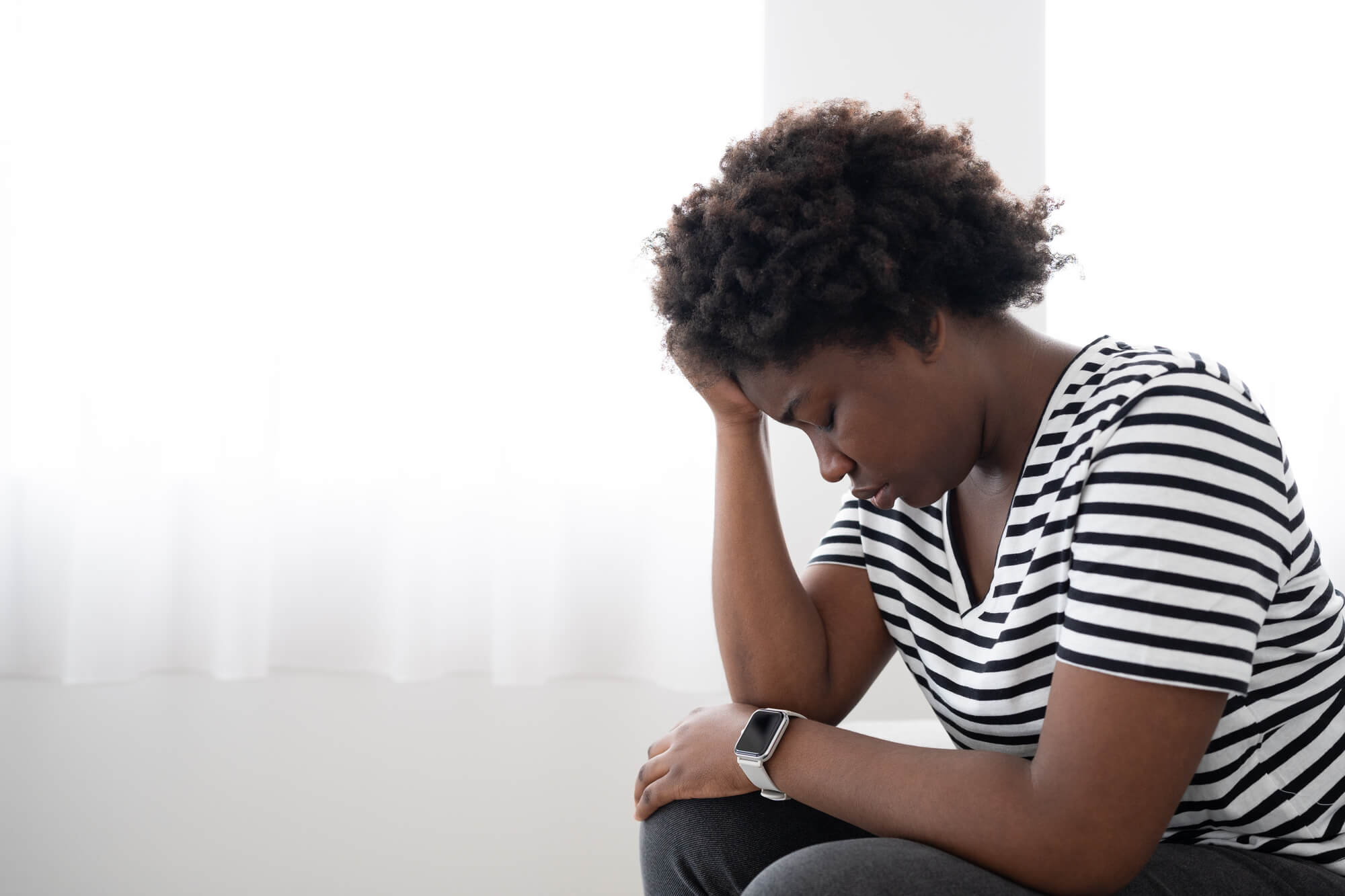Addiction is a disease that changes the chemicals in the brain, so it’s not uncommon to hear people talk about substance abuse as a cycle of addiction from which they can’t break free. But “cycle of addiction” isn’t just a phrase. Addictions generally follow a pattern, progressing from initial use to dependence to addiction and relapse.
If you have a negative relationship with drugs or alcohol, it can help to understand the cycle of addiction and know which part of it you’re in. You can use that knowledge to get help and break free from the carousel. A professional treatment facility like Vogue Recovery Center can help. We provide you with a team of medical and behavioral health experts to help you heal your mind, body, and soul. Our programs offer treatment with dignity and compassion.
What Is Addiction?
Addiction (noun): “A compulsive, chronic, physiological or psychological need for a habit-forming substance, behavior, or activity having harmful physical, psychological, or social effects and causing well-defined symptoms (such as anxiety, irritability, tremors, or nausea) upon withdrawal or abstinence” – Merriam-Webster Dictionary, 2023
The dictionary definition of addiction outlines the specifics of the condition quite well. It highlights the “need” for drugs or alcohol and the appearance of symptoms when someone stops using. A key point is that someone with an addiction uses substances like drugs or alcohol without care for the consequences. This can lead to poor decision-making and serious negative implications in almost every aspect of life.
What Is the Cycle of Addiction?
The cycle of addiction is the recurring pattern of behaviors and experiences that people with substance use disorders go through. It features a series of stages and events that perpetuate addiction, making it difficult to stop or control substance use.
No matter where you are in the cycle of addiction, you can always reach out for help. An addiction treatment program can help you understand what you need to do to take your life back from alcohol or drugs. If you’re experiencing negative consequences of addiction, it’s time to contact an addiction treatment center—before important areas of your life are seriously impacted.

The cycle of addiction includes stages that you progress through. Here are those stages:
Initial Phase
The addiction cycle begins with the initial use of drugs or alcohol. During the initial stages, substances provide positive reinforcement. They trigger the release of neurotransmitters in the brain, such as dopamine, leading to pleasurable feelings, relaxation, or relief from stress. These positive experiences encourage you to repeat the behavior.
Abuse Phase
Over time, you may escalate your substance use, meaning you increase how often you use substances or how much of the substances you use so you can feel the same or more pleasure. You may begin trying more powerful and dangerous substances or combining drugs and alcohol. Someone who drinks may begin smoking cigarettes or may try a drug like cocaine. Someone who uses prescription drugs like Adderall to study may try a drug like crystal meth to feel the same energetic and euphoric effects.
This is also the phase where people generally begin seeing negative consequences of drug and alcohol use. These consequences affect various aspects of life, including health, relationships, finances, work, and legal status. Despite these consequences, you continue to use the substance.
You may also see your tolerance to drugs and alcohol grow during this phase because your brain has adjusted to the substance in your system.
Physical Dependence
One of the defining features of addiction is the loss of control. You find it more difficult to control your use. You may want to quit or cut back but struggle to do so, often making unsuccessful attempts. This is indicative of a physical dependence on a substance. Cravings are another sign of physical dependence. As your addiction develops, your cravings become more difficult to ignore. They are intense desires or urges to use the substance.
Other signs of dependence can include:
- Relationship or family problems
- Spending more time trying to get your substance of choice
- Using the substance in inappropriate places
- Doing fewer of the social activities you used to enjoy
- Not keeping up with your day-to-day responsibilities because of substance use
- Experiencing withdrawal symptoms if you try to quit
Recovery and Relapse
Once you realize you have a problem with addiction, you may try to stop using. When you stop, you may experience uncomfortable withdrawal symptoms. Withdrawal symptoms contribute to the cycle of addiction by driving people to use alcohol or drugs again to reduce discomfort.
Relapse is when you return to substance use after a period of abstinence. It’s a common part of the addiction cycle and happens because of cravings, stress, social pressure, or exposure to triggers associated with your addiction.
The cycle of addiction continues to repeat itself—a pattern of positive reinforcement, negative consequences, loss of control, cravings, withdrawal, and relapse.
How to Break the Cycle of Addiction
Breaking the cycle of addiction can be a challenge. It often involves professional substance abuse treatment, behavioral therapy, support from loved ones, and a commitment to making positive changes. Recognizing the stages of the cycle and developing strategies to manage cravings, cope with stress, and address the underlying causes of addiction are essential to achieving and maintaining recovery.
Here are some steps for breaking the cycle of addiction:
- Recognize the problem: The first step in breaking the cycle of addiction is acknowledging that you have a problem. This self-awareness is crucial for motivating change.
- Seek professional help: Reach out to a healthcare professional or addiction specialist who can assess your situation. They can guide you to the most appropriate treatment options. Treatment may involve therapy, counseling, medication, or a combination of these.
- Build a support system: Surround yourself with a supportive network of friends and family who understand your goals. They can provide emotional support. Consider joining support groups like Alcoholics Anonymous (AA) or Narcotics Anonymous (NA) for peer support.
- Identify triggers: Recognize the situations, emotions, and people that trigger cravings or the urge to engage in addictive behaviors. Avoid or develop coping strategies for these triggers.
- Develop coping skills: Learn healthy coping skills to deal with stress, anxiety, and negative emotions without resorting to substance use. Mindfulness, meditation, exercise, and relaxation techniques can be helpful.
- Set goals: Establish clear, achievable goals for your recovery. Having concrete objectives can motivate you and provide a sense of purpose.
Why Do People Use Drugs and Alcohol?
People engage in drug and alcohol abuse for different reasons. There’s no single cause or factor that leads to addiction. The most common risk factors revolve around mental illness, pleasure-seeking, and genetics.
Some common reasons people use drugs and alcohol include:
- Pleasure and fun: Many use drugs and alcohol to experience feelings of euphoria, relaxation, or excitement. They also help many people feel more open and comfortable in social situations.
- Self-medication: Some people turn to alcohol or drugs to cope with underlying mental health issues like anxiety, depression, and trauma. When you struggle with both a mental health disorder and addiction, you have co-occurring disorders (dual diagnosis).
- Peer pressure: Some people feel pressured by friends or family to use substances, or they think that abstaining will keep them out of groups they want to be part of.
- Genetic factors: Some people are genetically predisposed to substance use.
- Environmental factors: Exposure to an environment where people abuse substances can influence drug and alcohol use.
Addiction Treatment at Vogue Recovery Center
The first step in diagnosing addiction involves a clinical interview. This includes the type, frequency, and quantity of substance use, plus the impact of the behavior on your life and relationships. You may also be asked about your medical and mental health history, family history of addiction, and any previous attempts to quit or reduce your use.

Depending on the substance, a healthcare provider may conduct a physical exam and a psychological assessment to understand more about your health and mental state. These assessments can help identify any medical or psychiatric conditions that may be co-occurring with addiction.
Addiction treatment involves the following levels of care:
- Medical detox: Detox is a key aspect of recovery. It involves ridding your body of all drugs and alcohol. Medical detox offers supervised alcohol and drug detox to help overcome withdrawal symptoms.
- Inpatient treatment: Residential rehab involves spending 24/7 at our treatment facility, so you can focus completely on breaking the cycle of addiction. Your medical and therapeutic team will guide you through evidence-based and holistic therapy programs designed to heal your body and spirit.
- Partial hospitalization program (PHP): A PHP is a form of outpatient treatment with daily care from our behavioral health therapists. You live at home or in a sober living facility while in a PHP. The goal is to build on the tools and skills you learned in residential care so you can transition back to normal life without abusing drugs or alcohol.
- Intensive outpatient program (IOP): An IOP usually includes 9 to 15 hours of addiction treatment per week.. It can ease the transition between inpatient and outpatient recovery while you live at home or in sober living. The goal is to use the tools you learned in recovery to aid in sobriety after finishing rehab.
- Outpatient treatment: An outpatient rehab program can help with substance abuse while allowing you to keep up with home, family, work, and school responsibilities. You attend treatment once or twice per week.. This stage of the recovery process also involves building a support network of peers and therapists you can rely on for continuing care.
Vogue Recovery Center provides effective drug and alcohol addiction recovery to all. If you’re tired of being trapped in the addiction cycle, reach out to us. We can help get you through the stages of addiction and onto a brighter future.
Wondering how to pay for rehab? Contact our admissions team today for an insurance verification. You can trust the skilled clinicians with decades of combined experience treating drug and alcohol addiction at Vogue Recovery Center.
REFERENCES:
Addiction Definition & Meaning – Merriam-Webster
Drug Misuse and Addiction | National Institute on Drug Abuse (NIDA) (nih.gov)
Self-Assessment: Am I Addicted?
"*" indicates required fields

Evan Gove

Latest posts by Evan Gove (see all)
- Dangers of Mixing Prozac and Alcohol - September 10, 2024
- Is Prednisone Addictive? - September 9, 2024


